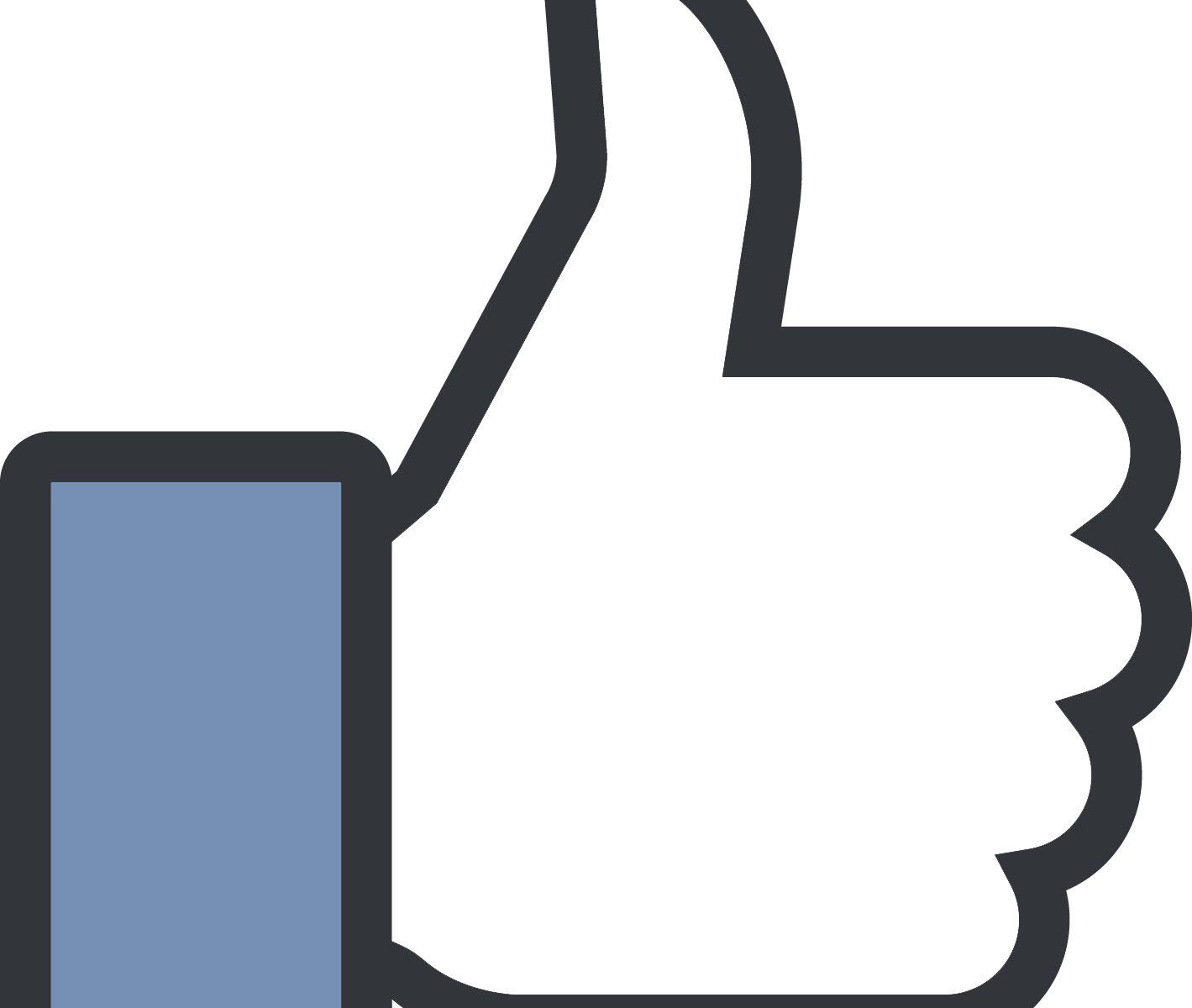 By: Ricky Cheers, Lingru Kong, Lyndsey McKinney, Akeeva Pork
By: Ricky Cheers, Lingru Kong, Lyndsey McKinney, Akeeva Pork
Facebook was launched (it was originally called thefacebook) on February 4th, 2004 by Mark Zuckerberg and fellow Harvard students Eduardo Saverin, Andrew McCollum, Dustin Moskovitz and Chris Hughes. While the social media platform was initially only for Harvard students, it expanded to include other schools in the Boston area, Stanford and all other Ivy League schools. After this, it was so successful that it became available to all college students in the United States and Canada. However, since 2006, anyone 13 and over is able to have an account (unless prohibited by state and local laws). Since its humble beginnings, Facebook has grown into the one social media site that everyone AND their mother utilizes. In 2012, Facebook Inc. held its initial public offering and began selling public stock, solidifying its status as both a legitimate business and a dominant social networking site. The platform only continues to grow, as it also acquired both the photo-sharing site Instagram and messaging service Whatsapp.
For those who are not familiar with this social media giant, Facebook functions include, but are not limited to, allowing a person to add other users as “friends”, sending messages, posting status updates and photos, sharing videos, creating groups and receiving notifications when “friends” update their profiles. As of August 2015, Facebook has over 1.18 billion monthly active users, a figure that represents great opportunity for marketers everywhere.
Opportunities
There are a plethora of opportunities available for brands to advertise and engage on Facebook. A brand can increase online and local sales by engaging with people on their computers and smartphones, creating targeted ads to reach a specific audience (segment by gender, age, location, interests), boosting posts to reach more people (for a fee), and reconnecting with individuals who have visited its website in the past with a service like Custom Audiences. Businesses can upload customer contact information (email, phone number) and these customers will be sent an ad (if they are registered Facebook users). Additionally, a brand could reach people similar to its current audience with Lookalike Audiences or remarket to its website visitors and send a Facebook ad to those who have visited its website before. Conversion tracking is also a great way to track customer actions and increase online and local sales. With this tool, an organization is able to see if someone clicked on an ad from Facebook and went to the brand website to make a purchase, register, etc. Local Awareness Ads are yet another Facebook device that can boost sales exponentially. These enable a brand to select certain locations, ages, and genders in order to successfully reach potential customers.
Additionally, Facebook is great for promoting an App. Brands have the ability to reach audiences based on age, gender, and devices. More specifically, a brand has the ability to promote app installs and engagement. For example, when individuals click the app ad on Facebook, they will be sent directly to the app store. Additionally, Facebook can aid a brand in reaching people who already have the app installed. These individuals can be sent to a specific part of the app with a click on the Facebook ad (ex: being sent directly to the online store in the app).
Facebook is also excellent for building brand awareness. Not only are there a great deal of users on this platform, it also allows a brand to tell it’s story with engaging video and photos that will surely help it stand out and connect with its audience. Page Insights is also an excellent tool, as it allows brands to improve the way they market to and reach people who like their pages by showing how many likes they have and the amount of new likes, how many people saw their page and their posts and how many people clicked, liked, commented, or shared their pages.
Response rates to customers that engage the business on Facebook
-Telecom – 60.4%
-Airlines – 55.0 %
-Finance – 46.4%
-Retail – 43.6%
-Fashion – 41.5%
-Electronics – 24.9%
-Fast Moving Consumer Goods (FMCG) – 18.8%
-Automotive – 17.0%
-Alcohol – 5.2%
–Linkedin blog group 1 turn in
Media – 4.9%
Case Study: Pura Vida
Pura Vida, an artisan bracelet retailer, utilized Facebook to create brand loyalty (and awareness) and increase sales. The brand partnered with marketing firm Sum Digital to retarget prior visitors with ads for recently viewed products from its website and to cultivate advertisements targeted toward Lookalike Audiences in order to attract new customers. These efforts proved to be an immense success, as the brand’s amount of online orders quadrupled over just two months, it reached a seventy percent increase in conversion rate and it managed to achieve a forty percent lower cost per acquisition.
Source and Learn More: http://topics.nytimes.com/top/news/business/companies/facebook_inc/index.html
A blog created by UMSL Marketing B.A. and MBA students.
